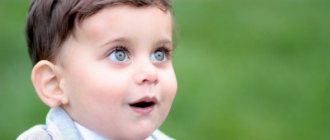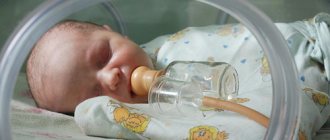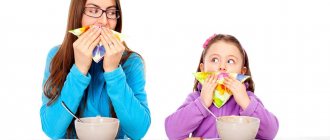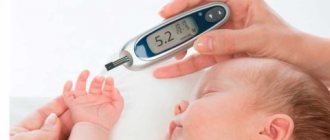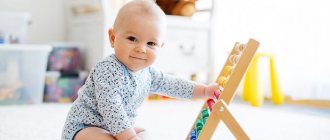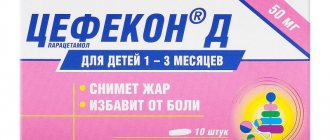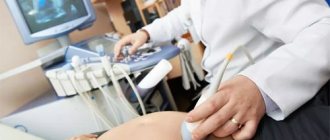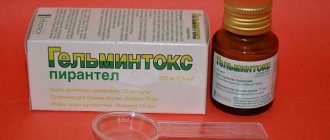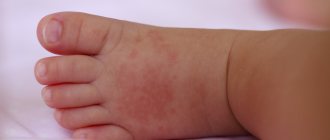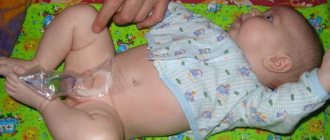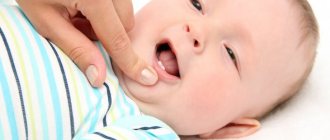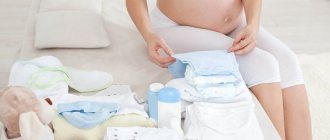Girls hygiene
home
Articles
Health
Silenko Oksana Nikolaevna
Pediatric gynecologist, candidate of medical sciences
20.01.2020
Dear parents! Today I will try to cover the topic “hygiene of girls aged 0 to 7 years” in my article. It would seem that what is so difficult about washing a child? However, there are certain rules, following which, you will not encounter problems in pediatric gynecology and you will not have to urgently look for a pediatric gynecologist!
Proper hygiene is that hygiene that does not harm the skin of a girl’s vulva and does not cause gynecological diseases. So what is it?
The first rule and the most important:
You need to wash the girl from front to back, and not vice versa! In no case should this be done 5-10 times a day, but rather 2 times a day under running water (morning and evening). Why? In order not to wash off the skin (lipid) lubricant, smegma and not to dry out the delicate, thin and often sensitive skin of the baby’s vulva with water.
Second rule:
Every time we wash, we do not use mother’s favorite soap or gel for the girl’s hygiene. For a girl under 3 years old, it doesn’t matter what product you use to wash her – expensive, cheap, cherry-flavored or strawberry-scented. The choice of child hygiene products falls entirely on the shoulders of the parents. And here it is important that the product has a neutral pH, without fragrances, flavorings and a mild surfactant. In order not to “rack your brains” over the choice of gel for washing, it is better to buy these products in a pharmacy or online with a pharmaceutical direction, especially if your mother, father or immediate family have or had a history of allergic dermatitis (no matter what kind of dermatitis - to pollen , dust, food, etc.). Hygienic gel is used to wash the vulva 1-2 times a week, not more often! If a girl has manifestations of atopic dermatitis, then once a week is enough. At the same time, we wash the folds of the vulva without fanaticism, we wash away those secretions that can accumulate over the course of a week and are easily washed off (I’ll write more about physiological secretions below).
This rule is used taking into account a clean bottom, in cases where the girl has “been a little” or the mother changes the diaper (and the mother should change the diaper every 2-3 hours!) Up to 3 months of the child’s life, frequent diaper changes and air baths half an hour to an hour are acceptable and recommended by pediatricians and pediatric gynecologists. But from 3 months of age to 1 year, the interval of air baths should increase, and the number of diapers should be reduced to 3-4 pieces per day! We use diapers for walks and choose some part of the night's sleep - the first or second half of the night, when the girl can be in diapers. From 1 year of birth to 2.5 years, diapers should only be used for walks.
Diapers are a “sore” topic for many mothers; not everyone agrees with the hygiene rules that I wrote about above and which our mothers, grandmothers, etc. adhered to for years. Here, parents always have their own choice - either the mother makes it comfortable for herself and uncomfortable for the child, or vice versa. So, in the case when the mother does not get enough sleep and puts the health of her child first, the girl has significantly fewer problems with the vulva, or there are none at all.
Third rule:
If the girl “has gone big”, it is necessary to rinse the anal folds well with hygiene gel and make sure that there are no fecal residues left in the vulva area. If there is even the slightest contamination, we wash the vulva with water and gel!
Fourth rule:
Wet wipes. We use napkins of any manufacture (Japanese, Russian, French, etc.) and even those purchased at a pharmacy with the inscription “for infants” or “for the smallest” in exceptional cases - when it is not possible to wash the child with running water. That is, napkins are an exception to good rules!
The fifth rule concerns physiological secretions (smegma)
: Smegma is a white coating, up to 1 year of a child’s life - a dense coating; from 1 year and older - small, crumbly. This rule has small subtleties taking into account the anatomy and physiology of the girl. After birth, in the first month (up to a maximum of 3-4 months), white plaque is produced by the gonads every day and, accordingly, every day in a certain amount, parents can see it in the folds of the labia minora. The volume of discharge depends to a large extent on the estrogen background of both mother and girl. From 3 months of life (and for some, from 1-2 months), the estrogen level begins to fall and the discharge becomes less and less. Therefore, there is no clear age indicator, but there is individual care for each child. The mother should focus on the amount of discharge the girl has. In the first month of the child’s life, after washing with water, the discharge in the girl’s labia minora is removed daily with a cotton swab or a cotton swab dipped in Vaseline oil (it is more neutral and calm than peach or apricot oil). There is no need to try to thoroughly wash off the “plaque” with water; it is difficult to wash off due to the large amount of lipids in its composition. After 2-3 months from birth, when the discharge becomes less and less, this procedure can be performed every other day. In the future, closer to 1 year and up to 6 years, it is recommended to remove smegma once a week. There is no need to injure the girl’s skin every time with your actions, or make the vulva defenseless against external and internal environmental factors. Smegma is a protective physiological secretion and an indicator of a girl’s health! There is no smegma - therefore there is a risk of skin trauma, there is a risk of synechia of the labia minora, there is a risk of inflammation due to the activation of its opportunistic or pathogenic flora, which feels good where there is no protective smegma.
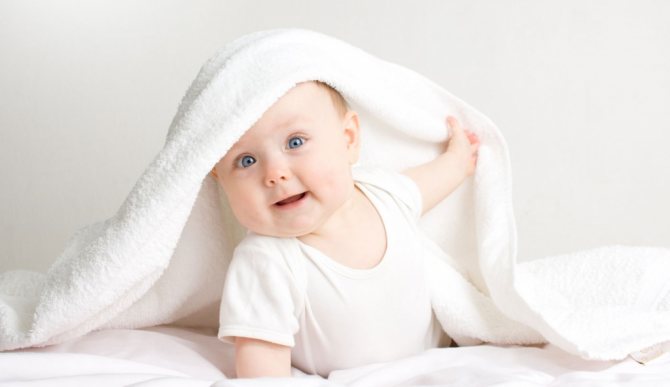
I will briefly summarize and duplicate the golden rules of hygiene for girls, developed by the head of the gynecological department of children and adolescents, Doctor of Medical Sciences, professor, Honored Scientist and Corresponding Member of the Russian Academy of Sciences, E.V. Uvarova (2010):
- The skin of the perineum and external genitalia should always be clean. There should be no residues of feces, urine or other secretions on them;
- You should take a shower 2 times a day and as needed;
- You need to wash with warm water and clean hands. If desired and according to indications, you should use liquid soap for intimate hygiene, which is best purchased at a pharmacy;
- The anal area and external genitalia should be washed with different hands, previously washed with soap;
- To care for the genitals, it is better not to use washcloths, and the moisture after washing should be blotted rather than wiped, so as not to scratch the delicate mucous membrane of the genitals;
- The towel must be clean, soft and strictly individual - this is a prevention of the provoking factor in relation to infection, including the genital tract.
The material was prepared by a pediatric and adolescent gynecologist, Ph.D. Silenko O.N.
- Share
Hunting season for ticks is open
Traveling with a child
Return to list
Hygiene education: hygiene rules for children
You are here: Home > Articles > Parents > Child psychology
October 8, 2014 | views: 7,780
Brushing your teeth in the morning and evening, washing your face, taking a shower, washing your hands before eating or after using the toilet - all this is a familiar norm for us, a set of actions that we perform every day, regardless of any circumstances. However, our children, who are just beginning to explore this world, need to learn all these things, as they say, “from scratch.” The sooner we begin hygienic education of children, the faster our kids will develop the same healthy habits without which any modern person cannot imagine their existence. A child can start learning the rules of hygiene for children as early as one and a half years old; this is the time when your baby develops skills of independent behavior and habits.
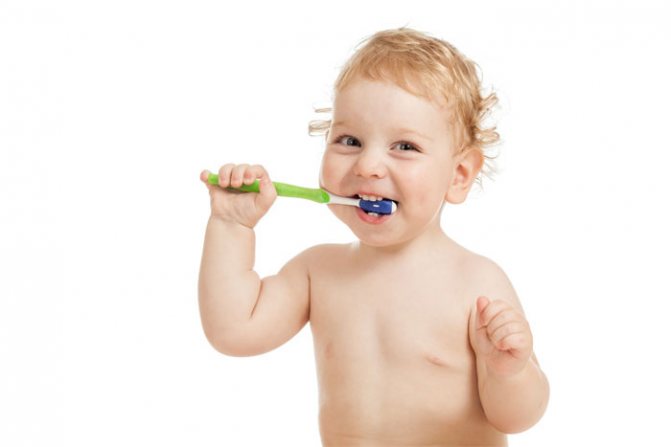
Hygiene rules for children: washing
It is better to start hygienic education of children with washing... Morning and evening washing, washing hands before meals and after a walk are the basic rules of hygiene for children, which, first of all, will protect your baby from the harmful effects of the environment. Accustom your child to such procedures gradually, do not scare the baby if you think that he may be afraid of water. Show your baby an example of how mom washes her hands, let her try to soap her hands, wash her face and dry herself with a towel. These simple rules of hygiene for children should turn into some kind of mandatory ritual that the child will perform with pleasure.
Hygiene education: oral hygiene in children
Oral hygiene in children, daily brushing and rinsing should also become a good habit for your baby. Fortunately, modern means make it possible to accustom a child to this, initially difficult, procedure almost from the first tooth. It is better for your baby to get used to oral hygiene in children gradually. Hygienic education of children should take place in a friendly environment, so do not try to brush your baby’s teeth by force, let him hold the toothbrush, play with it, try it “on the tooth”, then your baby will understand that there is nothing wrong with it, and will gradually stop resist when you want to brush his teeth again.
Children's hygiene: hygiene of children and adolescents
Children's hygiene or introduction to bathing. Hygiene rules for children include daily bathing, which the baby gets used to from the very first minute of birth. Even in the maternity hospital, they explain to you how necessary child hygiene is for a newborn and how to bathe your baby correctly so as not to harm him. As your baby gets older, there is no need to give up this daily ritual, since hygiene for children and adolescents of any age must necessarily include this important stage.
As a rule, babies are bathed before bed, but in the summer you can rinse your baby during the daytime. Hygiene rules for children state that a small child should wash thoroughly once every two days. Just as in the case of washing, everything should be done delicately so as not to frighten the child or cause negative emotions in him. Let your baby splash around in the bathroom, try to “wash himself,” and you will only help him with this.
Hygiene for preschool children: changing clothes
The neat appearance of your baby is also important for his hygienic education. Hygiene for preschool children includes the need to change clothes. This means that when you change your baby’s underwear or other clothes, be sure to remind your baby of why he needs to change, that it’s time to wash his clothes, and now he’ll put on clean ones. Let your baby watch the washing process and even help you fill the washing machine or rinse your clothes in a basin if you wash by hand.
Hygienic education of children
Hygienic education of children is not complete without such a delicate task as going to the toilet. After one and a half years, many children are already able to consciously “go to the potty” and take off and put on their pants on their own; during this very period, you should teach your child to dry himself and wash his hands every time he goes to the toilet. Of course, at first you should help him with this, then try to offer the baby to dry himself and wash his hands on his own.
Hygiene education: benefits and pleasure
Hygienic education should bring pleasure to the baby. I would like to add that you can accompany all the rules of hygiene for children with funny rhymes, jokes and songs. Speak to your child in a language he understands, so it will be easier for the child to comprehend this new science for him and become clean and tidy in the future. And most importantly, always try to set the right example for him, follow the rules of hygiene yourself, then you can be sure that everything will work out for you.
Leave your comment: Cancel
Basic hygiene points for children
Daily personal hygiene covers several important aspects:
- Skin care. It is important to regularly wash off skin secretions that accumulate in all places, especially in areas where the skin touches (folds, buttocks, armpits). Otherwise, the development of pathogenic microbes begins. You need to wash regularly, but without fanaticism - once every 2 days using soap or shower gel is enough, and using a washcloth should be no more than 1-2 times a week. It is important to teach your child to wash their hands as often as possible, but without using antibacterial soap. After pets, after the toilet, before food and after going outside.
- Ears, nose, legs and neck. The face and neck should be washed in the morning and evening, and also when dirty. Before going to bed, you should wash your feet if you have not taken a shower or bath before. Ears should be cleaned once a week using special sticks with limiters. Nails need to be cut once every 3-4 weeks with the assistance of an adult, as the task may be too difficult for a baby.
- Intimate hygiene. You need to teach your child to wash himself in the morning and evening, and this rule applies equally to both boys and girls. For these purposes, you must provide a personal towel.
- Hair. Regular hair washing will improve the functioning of the sebaceous glands, blood circulation and metabolic processes. They wash it as it gets dirty, it’s different for everyone. But preferably not every day. In winter, you should wash your hair more often because of hats. The water should be warm and comfortable, but not cold, and you should dry your hair without a hairdryer. You also need to comb your hair 3-4 times every day.
- Oral cavity. Diseased teeth impair the health of internal organs, so it is important to brush them morning and evening. The brush cannot be used by 2 or more people. After each meal, it is advisable to rinse your mouth with water or special means. The child should get used to the dentist and visit him at least once a year.
- Resting-place. Personal bedding should be changed once a week; pets should not sleep in it.
- Cloth. The child should be taught to change his underwear every day after washing his genitals and after taking a shower or bath. The same applies to shoes - you can’t use someone else’s.
- Food hygiene. It is important not only to wash your hands before eating, but also to follow a eating routine - at least 3 times a day, preferably 4-5 without overeating and unnecessary snacks.
For you: Diet for bronchial asthma for adults and children
This applies to all children from a young age to high school. Children from first grade also need to know about such rules of personal hygiene for children as covering their mouths with their hands when coughing and using napkins when eating.
